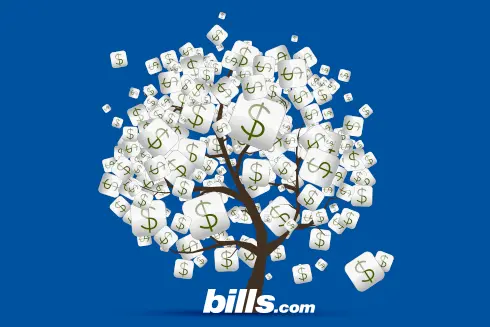Shopping for Home Purchase Mortgage Loan Rates
- Prepare yourself with a high credit score, low monthly down payments and a large down payment.
- You can compare mortgage rates on Bills.com mortgage rate table.
- Make sure that you find the right type of mortgage loan and compare similar products, both rates and fees.
Comparing Home Purchase Mortgage Rates? Get the Right Tools!
You are saving money, going to open houses, looking with an agent and now you are ready to purchase a home. You have taken the time to learn about mortgage purchase loans. You know that the lender will price the loan based on your:
- Credit Score: You improved your FICO score
- Credit History: You cleaned up all the incorrect negative junk on your credit report.
- LTV: You saved up for a down payment of more than 20%, so you won’t need mortgage insurance. (Or you don’t want to miss the good housing market and are willing to pay for PMI on a conventional loan, or start with an FHA loan that only requires a 3.5% down payment)
- DTI: You paid off your credit cards, and lowered your overall debt so that you can meet the best rate DTI requirements of 36%.
Tip
Be a well-prepared borrower, with strong credit, a solid down payment, and acceptable DTI. You can save money by getting the best rates.
What else do you have to know? It should be easy to find the right mortgage. At least it is easy to compare mortgage rates. One lender offers 4% and the other offers 4.5%. That makes it easy to choose.
Not so fast: comparing mortgage rates is not so simple. You have to learn to compare rates across different:
- Products: FRMs vs ARMs
- Terms: 10-year, 15-year, 30-year or other lengths
- Payment structures: fixed payment, variable payment (ARMs), interest only, and balloon payments.
- Pricing structures: Mortgage rates do not stand alone. You have to compare mortgage rates and mortgage fees.
In order to help you compare mortgage rates follow these steps:
- Find the Mortgage Loan that meets your needs
- Compare Home Purchase Mortgage Rates from a mortgage table
- Compare Mortgage Rates and mortgage fees
Find the Mortgage Loan Right for your Pocket
Saving money is great. When it comes to mortgage loans, there are big differences between rates, and even a small monthly payment difference adds up to lots of money over a 30-year loan. However, missing your mortgage is an unpleasant and expensive experience, so make sure you can easily afford your monthly payments.
Mortgage rate tables offer a large variety of loan rates. However, the chances are that you only need to look at a small part of the table. Here are some of the considerations in choosing a home loan:
- Affordability: Most home purchasers look for a loan that will allow them to obtain the largest mortgage and house based on their available down payment.
- Larger Income in the future: If you are just starting off on your career, a lower payment is desirable. You can take a longer loan (40-year), Interest only payments for the first 10 years, or a 7/1 or 10/1 ARM. (Remember, all those loans carry larger risks).
- Uneven income stream: If you get big annual bonuses or are self-employed and have seasonal peaks, you will want a loan that meets your income flow. Make sure to make your regular payments affordable, with the chance to make lump sum prepayments.
Quick Tip #1
Most home purchasers look for a 30-year mortgage loan in order to get the largest mortgage loan with fixed payments. Use the mortgage affordability calculator to help you find the amount of mortgage you can afford, based on today’s mortgage rates.
Compare Mortgage Rates from a Mortgage Rate Table
Once you know the type of loan you are looking for, it is easier to compare rates. Bills.com provides you with updated mortgage rates for different types of loan. You can get customized rates based on your credit score, zip code and loan type.
Home Purchase Loan Rates - Compare Rates and Fees
Remember to compare rates based on rates and fees. Lenders publish an APR (Annual Percentage Rate) based on carrying the loan to the full term. Often you can pay higher fees and receive a lower interest rate. That is not always the cheapest alternative, especially if you pay off the loan early.
Here are some tips to help you compare rates:
- Make a list of all your offers based on Sum, Interest rate, lender fees and points, and length of the loan. Compare similar products and understand the risks involved in ARMs and special payment plans.
- Advertised rates are not always what you get. Read the fine print.
- Ask about rate locks. When you first start shopping, you won’t have a guaranteed rate. Once you make an application, check to see how long the rates will be locked, 30-day, 60-day, or 90-day. If you pass the lock date, then you can receive a different rate.
- Shopping can cause a hard pull on your credit report. Concentrate your shopping over a short period of time (14-days) to avoid hurting your credit score.
- Read your bank’s documentation carefully, including GSE and TIL forms.
Prepare, Compare and Save money.
Quick tip
start your shopping by getting a mortgage quote from a bills.com mortgage provider.
